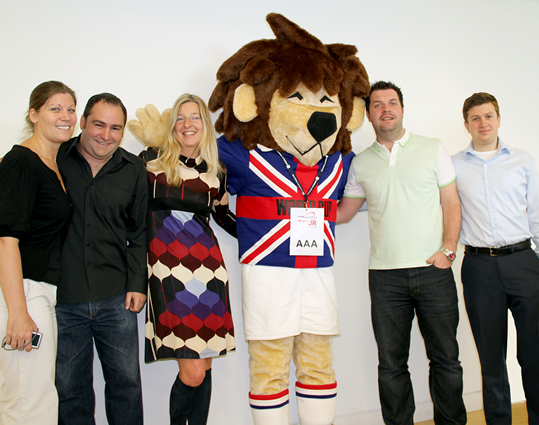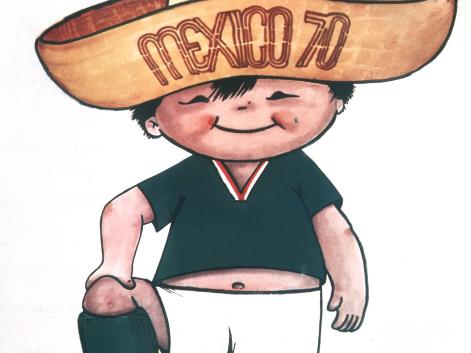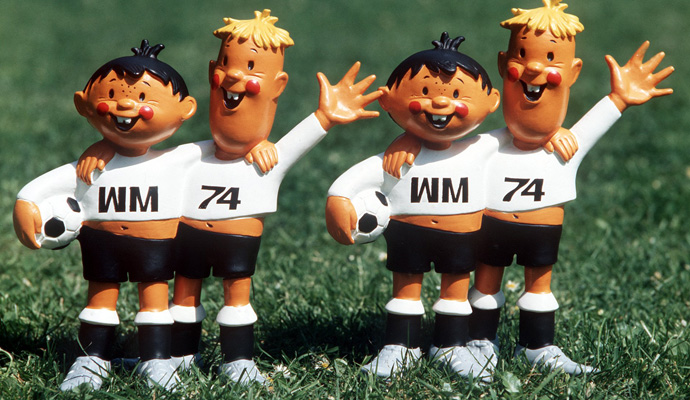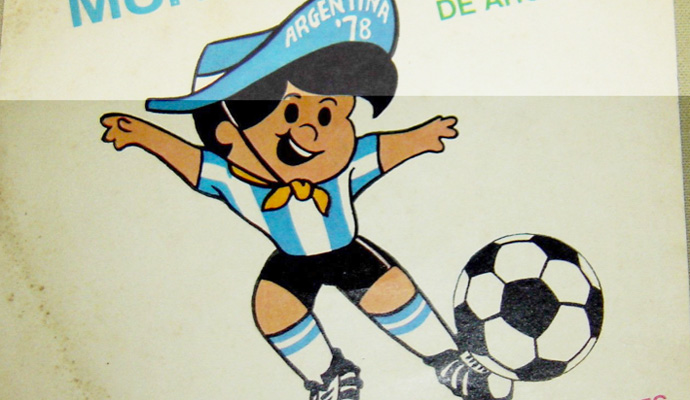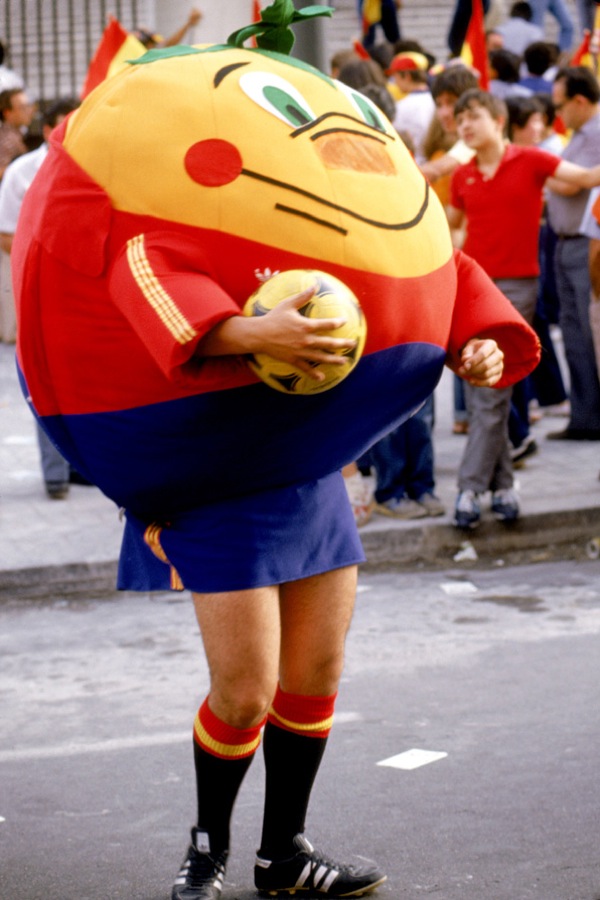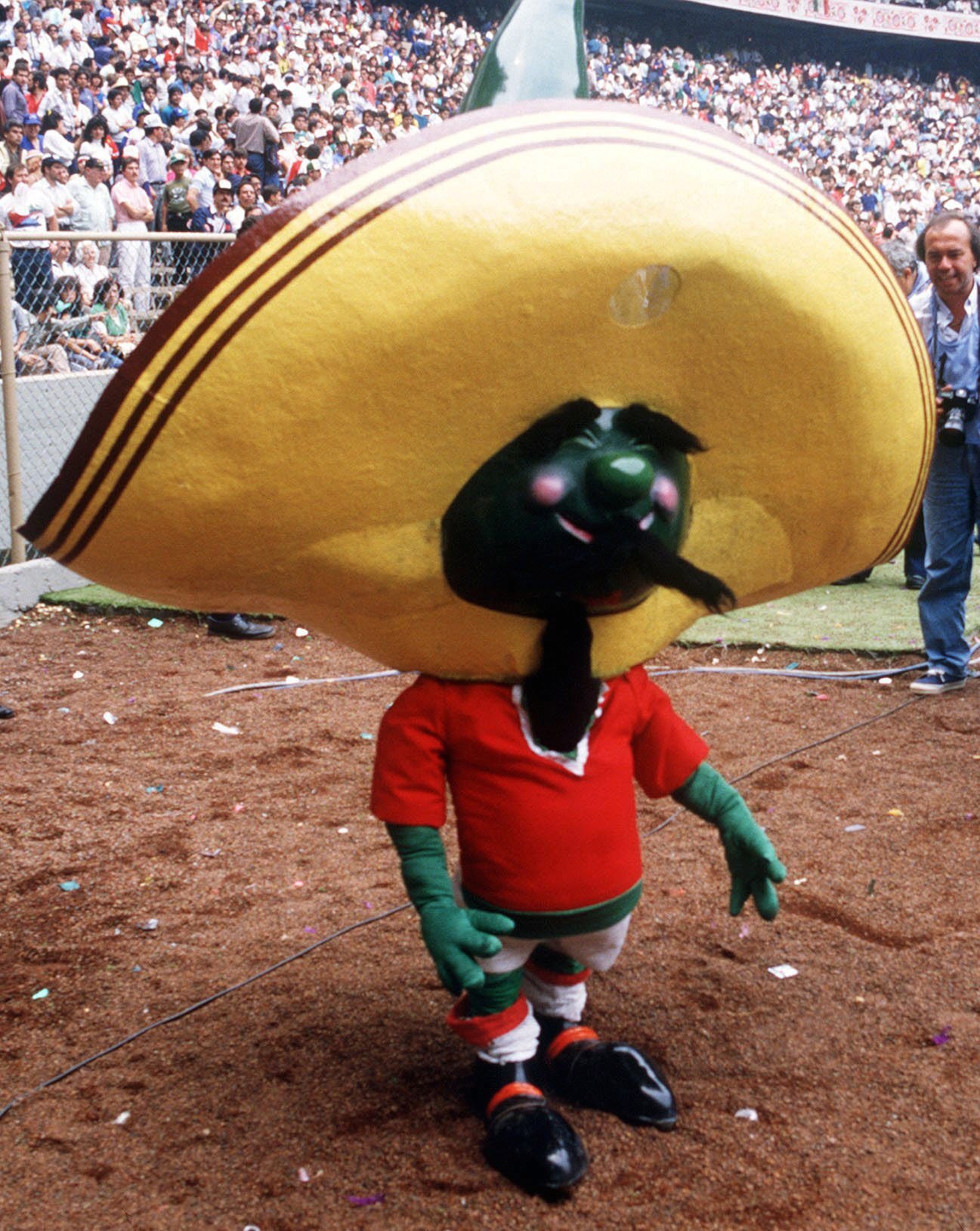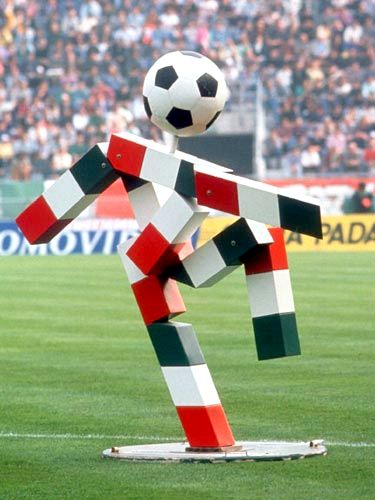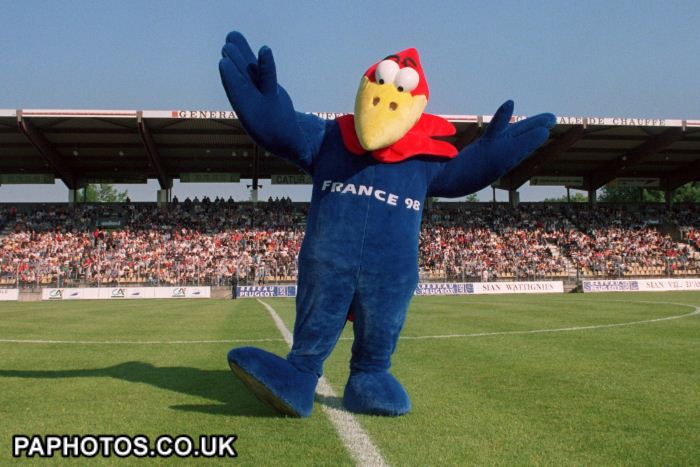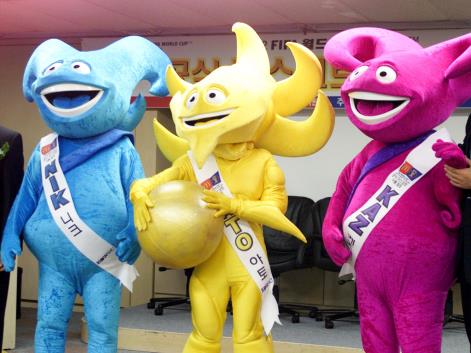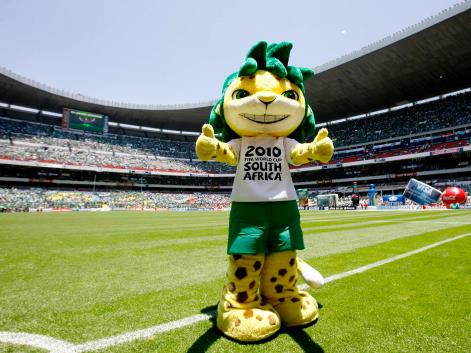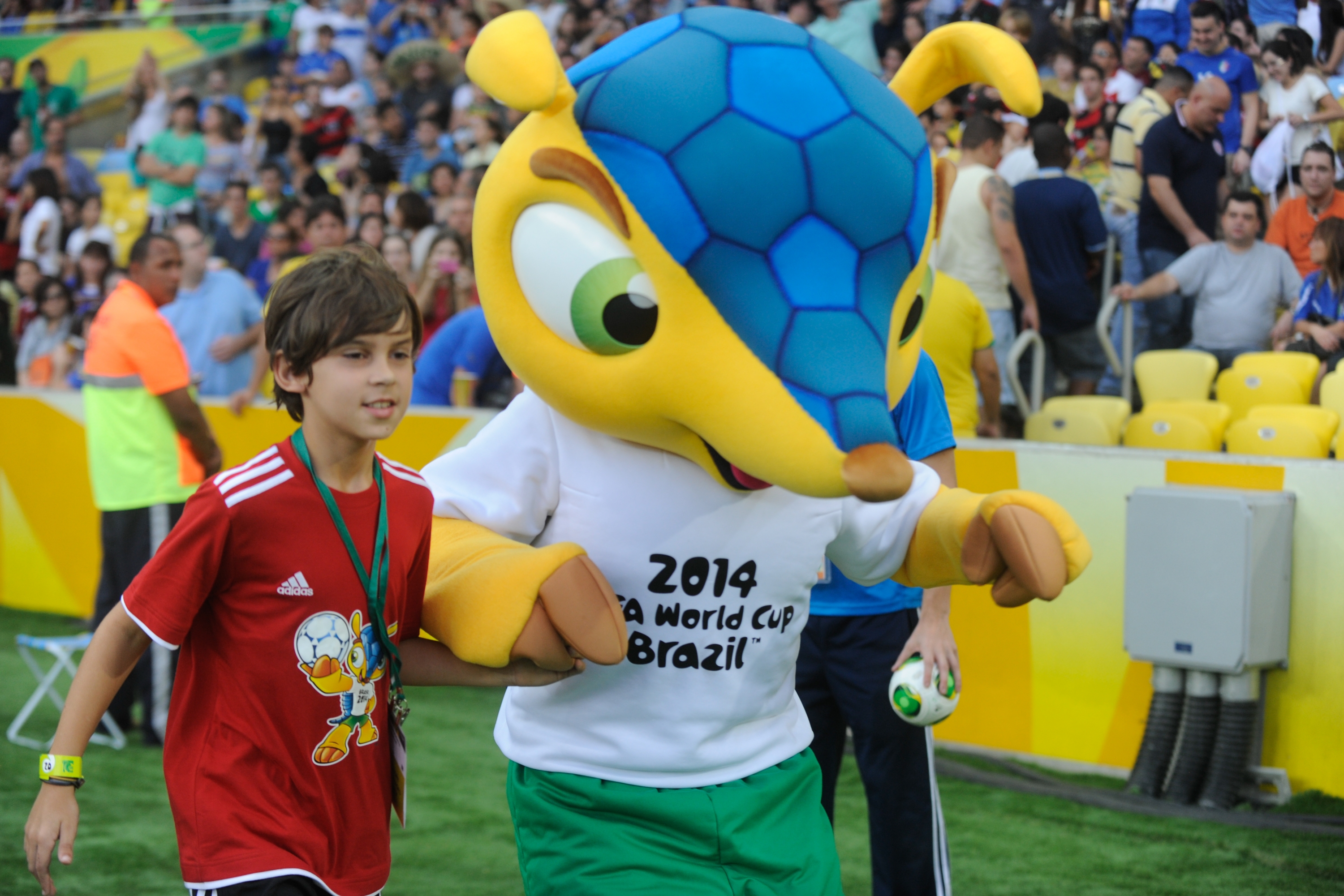[PHOTOS] All The Cool And Uncool Mascots Throughout World Cup History
All the World Cup mascots since the inception in 1966 and what they represented for each host country.
In 1966, England was the first country to come up with the first official mascot for the World Cup. He was a lion called Willie and sported a Union Jack jersey
World Cup Willie, the fluffy lion, was the first official mascot of the World Cup competition and the mascot of the 1966 tournament in England. Willie was the creation of Reg Hoye with the idea of a lion based on his son Leo. Willie even had his own song.
In 1970, Mexico then launched Juanito, a young Mexican boy wearing a big sombrero and a shirt that was slightly too small for him
A small boy wearing a Mexico jersey and a large sombrero became the first 'human form' World Cup mascot. Named Juanito, the Mexican boy had a popular Spanish name and supposedly represented a typical young football fan. Something about him looked innocent and clean - a theme of the World Cup that followed given that not a single red card was shown on the pitch.
West Germany decided to double up on the mascots by introducing Tip and Tap in 1974 wearing the words WM (Weltmeisterschaft, World Cup) and 74, representing 1974
Little boys Tip and Tap were the official mascots of the 1974 World Cup hosted by West Germany and appeared to not have fitting jerseys either - just like their predecessor Juanito.
Argentina continued with the 'little boy' tradition by introducing Gauchito in 1978, his name deriving from the Spanish word 'cowboy'
His name was derived from 'gaucho' which means cowboy in Spanish and his attire was based on the typical appearance of one - the necktie, the hat and the cattle whip in his right hand. In contrast to the previous youthful mascots, he also appeared to own a shirt that covered his midriff.
When Spain hosted the World Cup in 1982, they changed the mascot to a fruit instead, using the orange who was called "Naranjito"
Spain opted for a fruit theme for their shot at a World Cup mascot, coming up with nothing more than a smiley orange named Naranjito (a derivative of the Spanish for orange) holding a football.
A jalapeno pepper called Pique became the mascot the second round Mexico hosted the World Cup in 1986, sporting an even bigger sombrero compared to Juanito
The 1990 World Cup was held in Italy, where the mascot was a tri-coloured stick figurine called 'Ciao', an Italian greeting
In a break from 'live' characters, Italia '90's official mascot was a tricoloured stick figurine with a football for a head (no eyes, ears, nose or mouth...) and looked as if he may break at any given minute.
Animals were back in business in 1994, as Striker the dog became the official mascot for the United States
Striker the World Cup Pup wore red, white and blue and supposedly enjoyed playing football.
France's mascot was their national symbol, a rooster named Footix which combined the word football and one of France's famous comics Asterix
A rooster named Footix did the job of official World Cup mascot in 1998 when France hosted the competition. Footix was dressed in the tricolour pattern of the official ball (of which he holds a copy) of the World Cup games that year.
When the World Cup was hosted in Asia for the first time, South Korea and Japan came out with a trio named Nik, Ato and Kaz
The lion returned once again as a mascot, representing Germany as Goleo the lion accompanied by a talking football sidekick Pille in 2006
Goleo VI the Lion and his talking football sidekick Pille became the official mascots of the 2006 World Cup in Germany. The lion caused controversy as he appeared not to own any trousers, as well as a lion being closely linked historically to both England and the Netherlands.
The last World Cup in South Africa featured Zakumi the leopard, the name deriving from ZA the prefix for South Africa and Kumi the African word for 10
Zakumi the Leopard was the official mascot of the 2010 World Cup in South Africa and was depicted in green and yellow to match the colours of the host country's football kit. His name was derived from the country code for South Africa - ZA - and the word 'kumi' meaning 10 in several African languages.
In 2014, Brazil's World Cup mascot is an armadillo named Fuleco, highlighting the need to protect the endangered species in Brazil
Fuleco the three banded armadillo is the official mascot of the 2014 World Cup in Brazil. The armadillo is an endangered species in Brazil and is also native to the lands. The blue of Fuleco's shell represents the clear skies and water of Brazil, while his name is a combination of 'futebol' and 'ecologia', in an attempt to encourage people to look after the environment as well as enjoying football.
